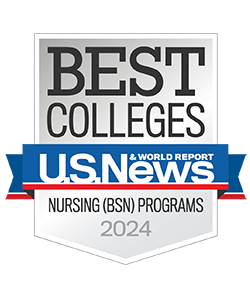Socioeconomic and health risk profiles among mothers of young children predict risk of food insecurity, study finds

A new study identified multiple risk factors, including high utility bills, employment hardship, and medical hardship, that may lead to food insecurity among mothers of young children, according to researchers at UTHealth Houston.
Food security is the measure of the availability of food to an individual, or family, and their ability to access it. The study was published today in PLOS ONE.
Using what is known as the latent class analysis method, which created profiles of families to help predict who would be at risk for food insecurity, investigators determined five class profiles: high utility and medical hardship (Class 1); high housing and employment hardship, high substance use, and incarceration (Class 2); high housing and medical hardship, poor health, and health care (Class 3); high employment hardship and low income (Class 4); and low-risk (Class 5).
“What these profiles show is it’s not a one-and-done deal,” said Daphne Hernandez, PhD, associate professor at Cizik School of Nursing at UTHealth Houston and corresponding author on the study.
“We were seeing that some people were having food insecurity concerns because they had medical hardships and housing hardships,” said Hernandez, the Lee and Joseph Jamail Distinguished Professor in the School of Nursing. “Sometimes people think if you’re unemployed, you’re at risk. Well, there’s other forms of hardship that result from the unemployment, such as not being able to pay your medical bills, not able to pay your electricity and gas bills, that put you at risk for food insecurity.”
While pediatrician offices do a two-item screener to see if families are at risk or experiencing food insecurity or food hardships, identifying these additional risks can help clinicians identify food insecurity, according to the researchers.
“Not every family looks the same,” Hernandez said. “So, these risk profiles could help pediatricians identify families that are at risk for food insecurity that may have been more reluctant to answer those questions for fear that their child will be taken away because they’re admitting that they're not able to feed their child.”
Additional researchers include first author Sajeevika Saumali Daundasekara, PhD, former researcher at Cizik School of Nursing; and Brittany R. Schuler, PhD, with Temple University’s School of Social Work.
Laura Frnka Davis


